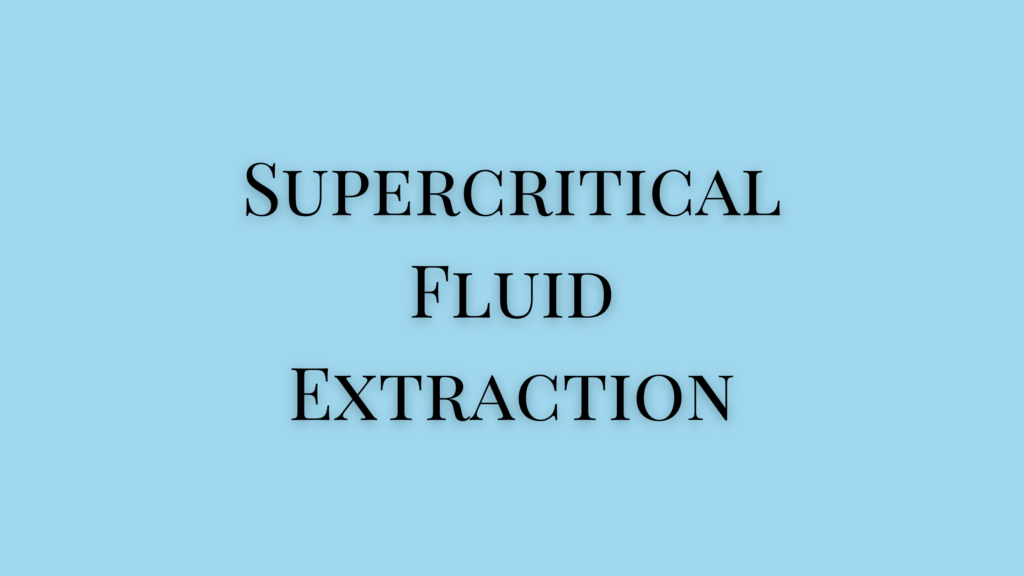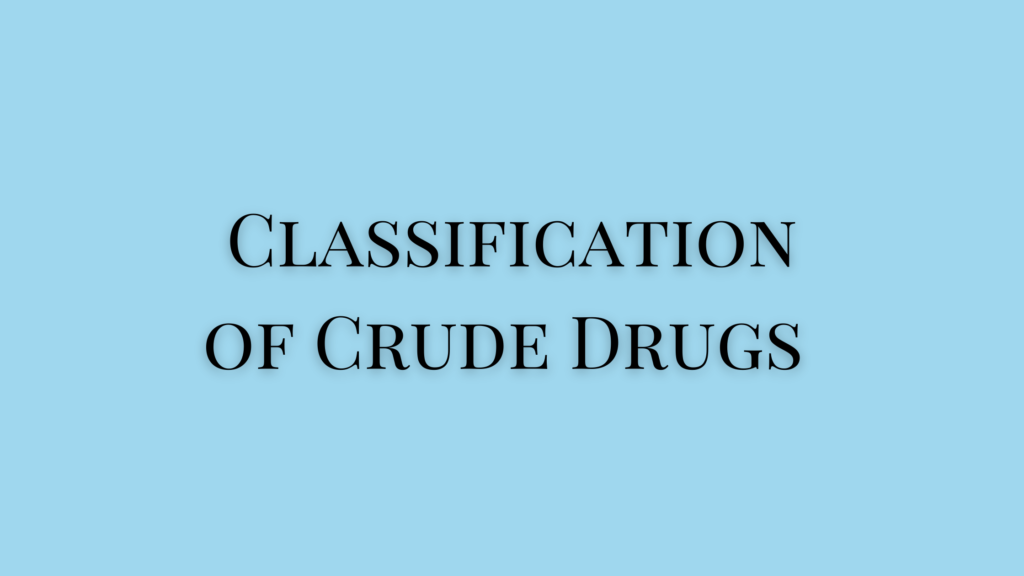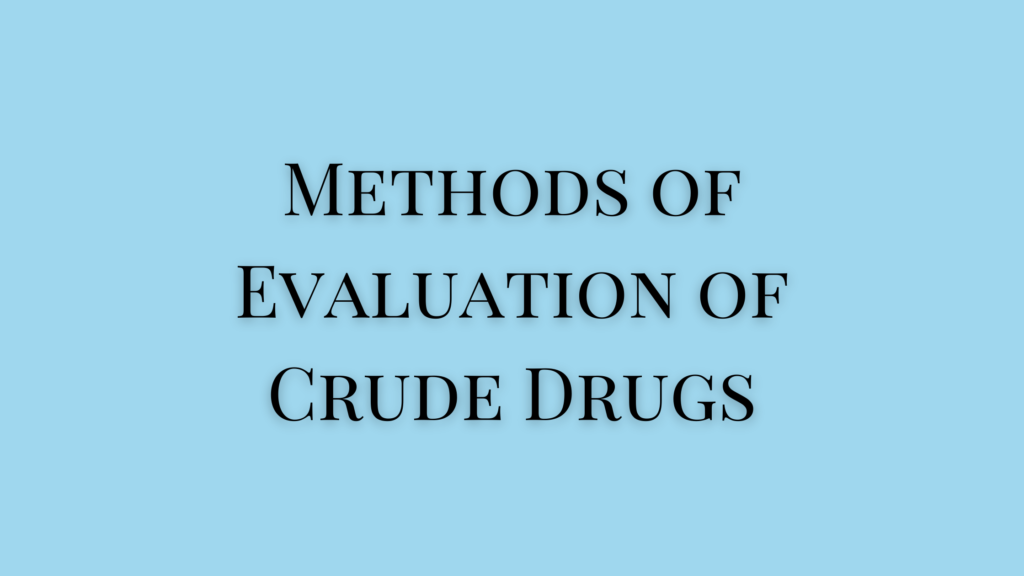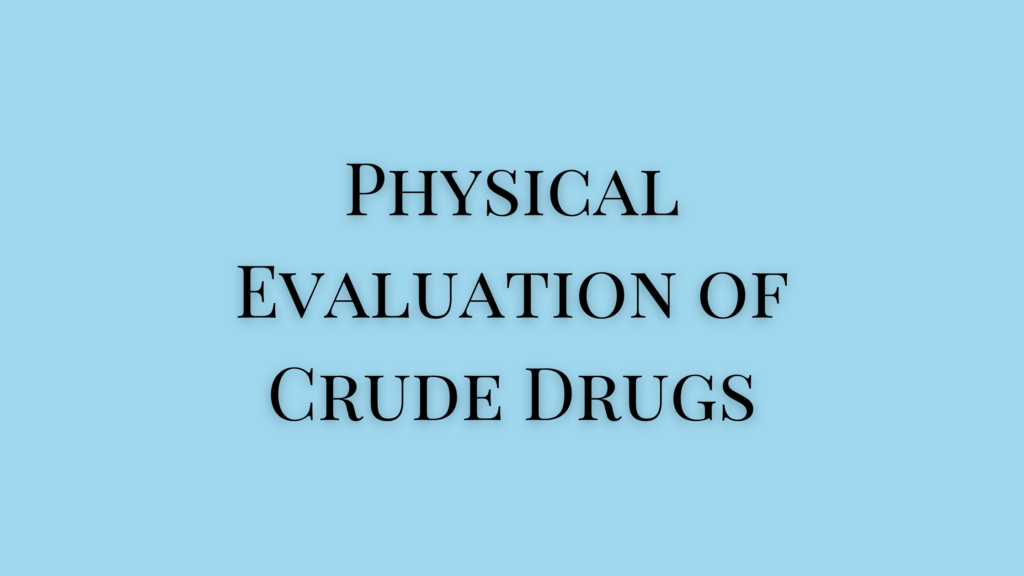Supercritical fluid extraction (SFE) is the process where supercritical fluids are used as the extracting solvent to separate one component from a mixture. The extraction can be done from solid or liquid. Carbon dioxide is the most widely used solvent for supercritical fluid extraction.
Principles of Supercritical Fluid Extraction
At a particular temperature and pressure, some gases such as carbon dioxide behave like supercritical fluid or free-flowing liquid that has high penetration power to help with extraction. These are popularly used in the food industry for deodorization.
The critical point of carbon dioxide is 73.82 bar pressure and 31.06 degrees Celsius. The system can withstand a pressure of up to 300 bar, 60 degrees Celsius, and a flow rate of 50ml/min.
Carbon dioxide has several advantages for supercritical fluid extraction usage such as,
- It is sterile
- Bacteriostatic nature
- Nonexplosive
- Noncombustible
- Safe for the environment
- No water is generated
- Available in plenty
Supercritical Fluid Extraction Mechanism
The SFE system must have a pump, a pressure cell for the sample, a pressure-maintaining device, and a collecting vessel.
- The mixture to be fractionated will be passed through the extraction column which will be along the heater.
- Carbon dioxide is next passed through the column and is pressurized.
- Once the column is pressurized and saturated, the supercritical fluid moves along the column length.
- The mixture is then diffused and dissolved in the solvent.
- This is passed to the separator cell where the pressure is lower to allow the extracted material to settle down.
- The carbon dioxide is then cooled and recompressed.
- It will be either recycled for reuse or released into the atmosphere.
- The entire operation will be controlled by a PC which is programmed to shut down the system in case of excess temperature or pressure.
Advantages of Supercritical Fluid Extraction
- Has a higher diffusion rate than other solvents in liquid form.
- CO2 offers lower viscosity than other solvents
- Can have a higher vapor pressure
- Higher density
- Higher solvating power
- Controlled selectivity and solubility
- Can extract heat-sensitive compounds
- The extraction solvent will be converted into a gas after extraction. It makes it easier to concentrate and collect the analyte.
Disadvantages of Supercritical Fluid Extraction
- Carbon dioxide has low polarity so SFE is unsuitable for extracting polar compounds.
- Need to add organic solvents and water as modifiers to counter the polarity issue.
- Water content can negatively affect the process.
- The matrix effect is unpredictable.
- Requires specialized equipment.
- The process is highly expensive for a smaller sample.
Applications of Supercritical Fluid Extraction
- Suitable and easier to extract and isolate active compounds from a mixture.
- Extraction of pyrethrins
- Decaffeination of coffee
- Production of terpeneless oils
- Selective extraction of active constituents
- Deodorization
References
- Shah, Biren N, Avinash Seth. (2010). Textbook of Pharmacognosy and Phytochemistry. Elsevier.
- Multiresidue Methods: Extraction
- Sapkale G. N. , S. M. Patil, U. S. Surwase And P. K. Bhatbhage. 2010. Supercritical Fluid Extraction- A Review. Int. J. Chem. Sci.: 8(2), 2010, 729-743.
- https://www.tsijournals.com/articles/supercritical-fluid-extraction–a-review.pdf
- Supercritical CO2 Extraction Closed Loop System




